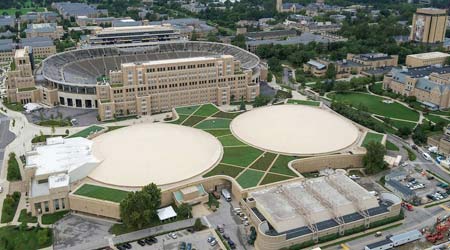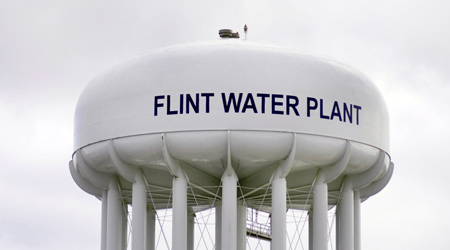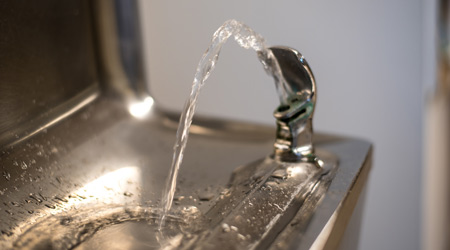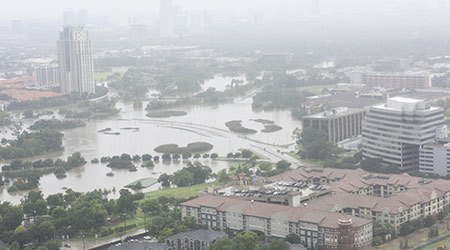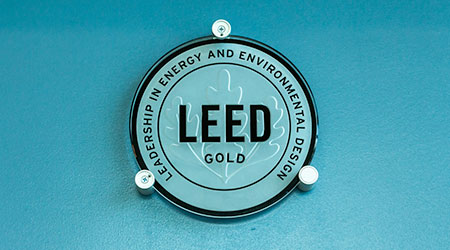
LEED in Healthcare: A Closer Look
October 16, 2018
A growing number of institutional and commercial facilities have been designed and operated to provide indoor environmental quality. In the case of healthcare facilities, which are centered on people and health, the quality of the indoor environment is particularly essential.
Healthcare facilities that have earned LEED certification have been designed to reduce toxic exposures to occupants and the environment, according to Laboratory Equipment.
Healthcare is the third most energy-intensive commercial building type, according to the Commercial Buildings Energy Consumption Survey, and inpatient healthcare facilities are the most intensive users of water and, on average, the largest commercial building type and getting larger.
LEED’s healthcare rating system includes a suite of credits focused on the quality of the indoor environment — the Indoor Environmental Quality (EQ) credit category. Healthcare facilities also must balance the needs of the patients with those of the staff, an issue that is addressed in the LEED credits for Quality Views and Daylight.
Under the LEED v4 EQ Quality Views credit, facilities must address inpatient areas separately and staff, and public spaces must be placed on the perimeter of the building. The LEED v4 EQ Daylight credit includes an option for performing annual computer simulations for two key daylight metrics, which can be used to optimize staff and patient access to daylight.
This Quick Read was submitted by Cathryn Jakicic, Healthcare Industries Editor, FacilitiesNet. For more about hospital campuses and other medical facilities, visit https://www.facilitiesnet.com/healthcarefacilities.
Next
Read next on FacilitiesNet









